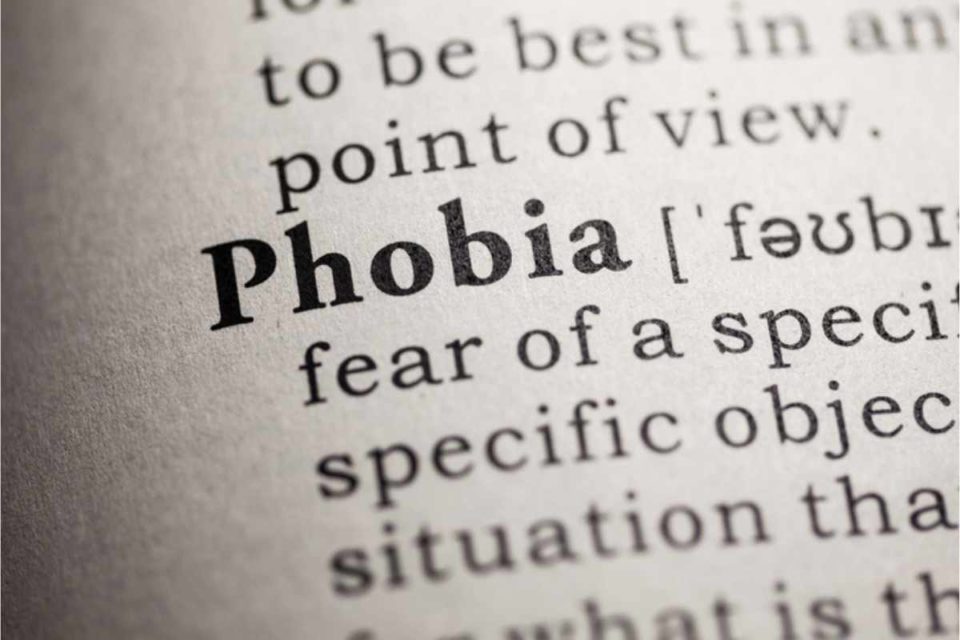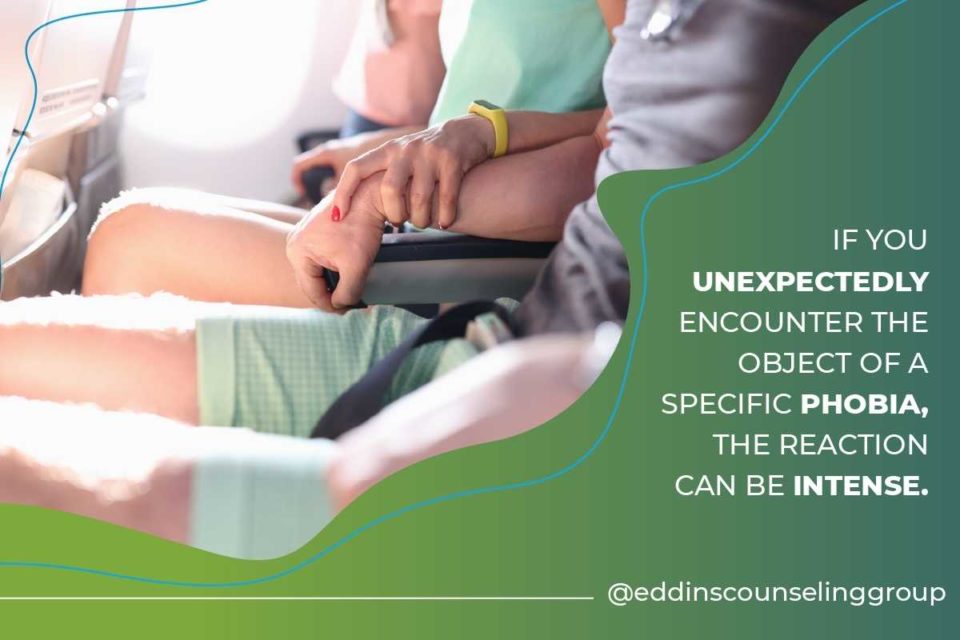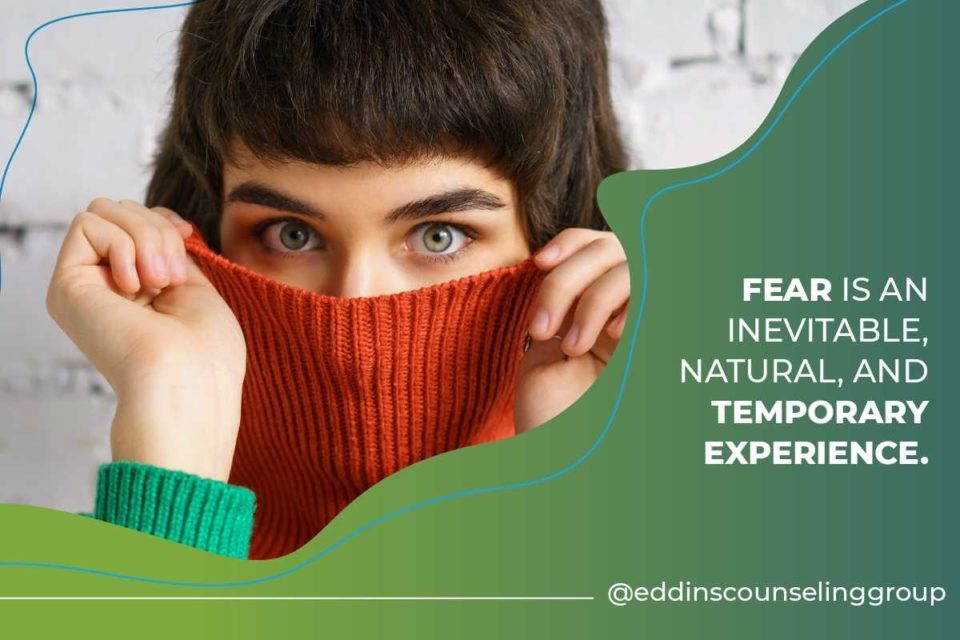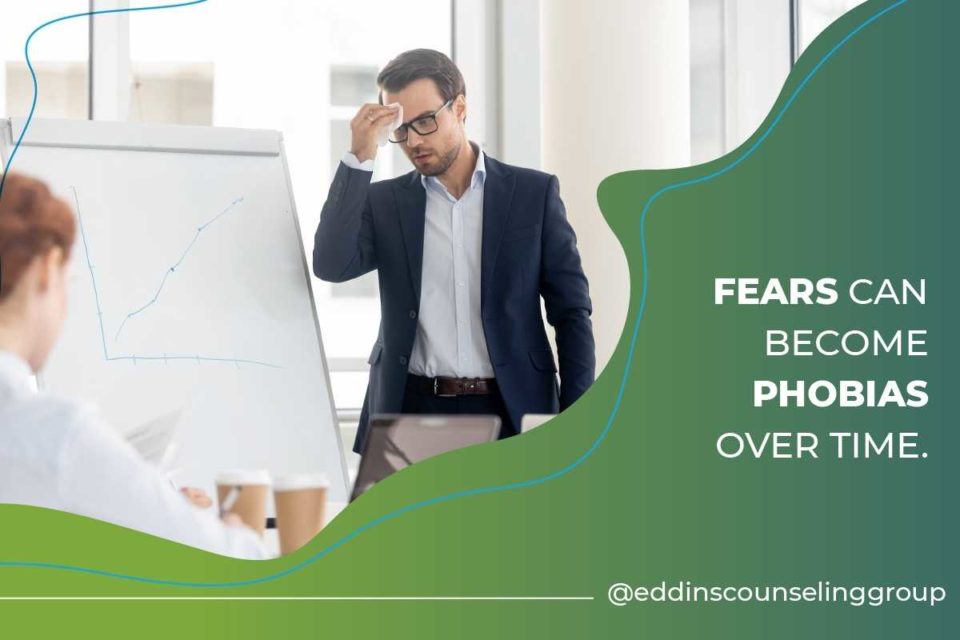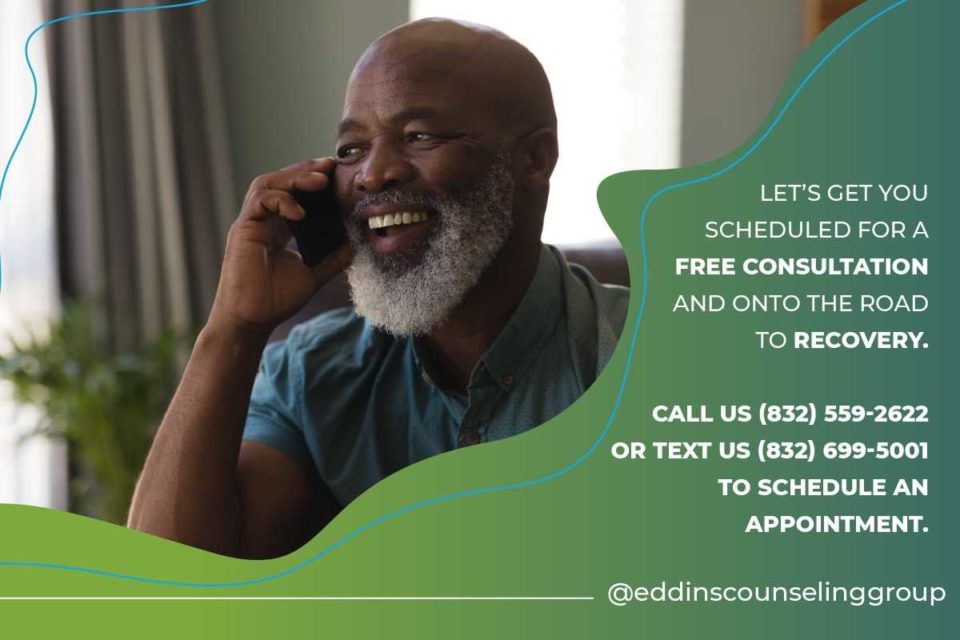August 8, 2022
Recognizing Anxiety Phobias and How to Overcome Them
Written by Rachel Eddins
Posted in Anxiety and with tags: phobia, understand anxiety
Anxiety is the world’s most common mental health disorder.
Generalized anxiety disorder is the world’s most common anxiety condition. However, anxiety comes in many shapes and forms — all of which require our attention. Examples include Obsessive-Compulsive Disorder (OCD), Panic Disorder, Post-Traumatic Stress Disorder (PTSD), and Social Anxiety.
One form of anxiety often eludes this conversation: phobias. In this instance, a person harbors an irrational but very powerful fear. The cause of this fear rarely presents any danger at all. But this does not lessen the anxiety.
Keep in mind: A fear is temporary; a phobia is chronic.
How Are Phobias Diagnosed?
According to the Diagnostic and Statistical Manual of Mental Disorders (DSM), any or all of the following criteria suggest the presence of a phobia:
The object of the phobia is:
- The direct cause of the fear or anxiety
- Causes fear or anxiety every single time
- Diligently avoided whenever possible
The fear or anxiety is:
- Ongoing for at least six months
- Out of proportion to the object
- Results in “clinically significant distress or impairment”
Of course, a medical professional will also make certain that the phobia-like symptoms being displayed are not connected to another mental disorder.
Recognizing Phobia Symptoms
Needless to say, symptoms can vary from person to person and depending on the actual phobia being experienced. Even so, common signs exist, e.g.
- Emotional: The fear is overwhelming and you feel out of control. Often, you recognize the anxiety is irrational but this does not ease the fear. If you are unable to avoid the phobic object, you experience a strong desire to escape the situation
- Physical: Symptoms may include an increased heart rate, sweating, shaking, dry mouth, chest pain, nausea, and shortness of breath.
If you unexpectedly encounter the object of a specific phobia, the reaction can be intense. The anxiety may seem too extreme to be subdued.
4 Examples of Anxiety-Related Phobias
1. Health Anxiety
This phobia feels quite relevant based on the events of the past two-plus years. It was once called hypochondriasis. Whatever name you choose, this phobia is based on the belief that you have or are at risk of getting a serious illness.
People with health anxiety present specific signs like:
- Obsessively checking for any abnormal signs or sensations
- Fixating on news reports of diseases across the globe
- Avoiding the doctor for fear of their worst-case scenarios being true
2. Fear of Flying
Aerophobia affects roughly 25 million adults in the U.S. The most common ages are between 17 and 34. This is believed to be true because people in the age group may perceive themselves as just getting started with adult life (jobs, travel, marriage, family, homeowning, etc.). They strongly fear having their progress abruptly interrupted. Symptoms often include everything listed above.
3. Fear of Driving
This phobia has many different official names but all of them add up to the same thing. Many people dread the thought of driving or even riding in a car. This might be due to personal experience of or witnessing a car accident.
A fear of driving phobia induces the familiar symptoms I’ve already covered. In addition, it can provoke confusion and disorientation.
4. Fear of Needles
The Greek term trypano relates to puncturing or piercing. The fear of needles, not surprisingly, is called trypanophobia. Most people prefer to not have a needle stuck into their skin. However, if you have endured a traumatic experience related to a needle, you are at risk of this phobia. Once again, the symptoms are listed above but you can also include fainting.
In the rest of this series, we’ll explore ways you can address and manage your phobias. Read more about phobias and anxiety treatment and contact us soon for support.
Fears Can Become Phobias Over Time
Everyone feels afraid from time to time. Many people went through their own versions of this in the early parts of the pandemic. You may have been afraid to do things that felt normal just a week earlier.
Fear is an inevitable, natural, and temporary experience. If fear no longer appears to be temporary, you may be dealing with a phobia.
Why and How Do We Feel Fear?
The world we will in confronts us with many types of legitimate threats. Fear is what guides us away from such dangers. It is a response that protects us.
However, there are times when our fear is expressed far more than needed. In a recent study, more than six out of ten adults owned up to possessing at least one such fear.
When a serious risk is present, our brain is triggered. This sets off a series of automatic responses designed to protect us. Most often, this response system shuts down once the danger has passed or has been identified as a non-threat.
Of course, this basic fear mechanism can transform into a phobia.
Let’s say you have a bad experience when getting a blood test. It could lead you to dislike needles. If, however, it manifests in palpable, ongoing fear of needles, it could be a sign of trypanophobia — a diagnosable phobia.
This is not uncommon. Roughly 19 million adults struggle with at least one specific phobia. This trend strikes women at twice the rate of men.
Fear vs. Phobia
You may encounter a friend with a new dog. It’s a large dog and not yet well-trained. To your surprise, the big canine lunges at you. It is perfectly natural for you to be afraid at that moment. It could be a phobia if that moment morphs into an ongoing avoidance of dogs.
If simply thinking about a dog is enough to cause panic, you have moved beyond the standard experience of fear. In part one of this series, a list of phobia symptoms was provided. These same signs are normal if they occur when the dog first lunges at you. They become “symptoms” when they persist. But how can you know for sure?
Diagnostic Criteria for Phobias
According to the fifth edition of the Diagnostic and Statistical Manual of Mental Disorders (DSM-5), any or all of the following may suggest the presence of a specific phobia:
- Immediate fear, anxiety, and avoidance — that last at least six months — related to a specific object or situation.
- The fear is out of proportion to the situation and if unavoidable, causes intense anxiety.
- The distress caused by the phobia negatively impacts aspects of daily functioning.
- There is no preexisting mental health condition that may be causing such a reaction.
Am I at Risk of Developing a Phobia?
Some risk factors are believed to exist, e.g.
- Being abused as a child
- Raised by neglectful or overprotective parents
- Certain personality traits, like being inhibited
- Genetic factors and family history
How Do I Deal With a Specific Phobia?
Good news: phobias are treatable. In the next section, I will delve deeper into professional treatment and self-help options. In the meantime, if your life has been impacted by a phobia, I invite you to reach out today. Read more about phobias and anxiety treatment and contact us soon for support.
Most anxiety phobias can be cured.
Of course, every case and every person is unique. With that in mind, I’ll offer some general input on what treatment may look like. You’ll get an idea of what to expect and how effective these treatments can be.
4 Ways to Overcome Anxiety Phobias Without Medication
1. Cognitive Behavioral Therapy (CBT)
CBT is a type of talk therapy. It works on the premise that you can change the way you think. This, in turn, can drastically change the beliefs, thoughts, emotions, and behaviors you experience.
A phobia puts you in a position where something instantly provokes negative thoughts and intense fear. CBT, therefore, addresses this situation by changing how you think about the source of your phobia.
This treatment involves one-on-one and sometimes group sessions. It may include outside work in the form of exposure therapy. In theory, slow exposure to feared stimuli allows your brain to fortify itself against unrealistic thoughts and perceptions.
Since we’ve mentioned trypanophobia — a phobia related to needles — before, let’s use that as an example.
Working with your therapist, you may begin by talking about needles and then looking at photos of them. Little by little, you can get to the point where you can hold and handle a needle without being triggered. This is not something to do on your own until you and your CBT therapist have reached that point.
2. Group Work
As mentioned above, help can come in the form of a group. It has been shown to be transformative for people with similar phobias to learn coping skills together. This can be done in person or online.
3. Mindfulness Meditation
Phobias leave us fearing the future based on memories from the past. Mindfulness brings us into the present moment. When we’re in touch with sensations in the present, it can be easier to access the emotions behind the phobia.
4. Learning New Social Skills
If your phobia relates to your social life, it can be super helpful to develop new social skills. In your sessions, your therapist will workshop and role-play with you toward this end.
Medications
In some instances, short-term medication may be recommended alongside CBT. This is particularly useful for those struggling with social phobias and, specifically, agoraphobia. Some of the more common meds are:
- Antidepressants: These can control your mood by adjusting the level of serotonin in your brain. They may include Zoloft, Prozac, and Paxil.
- Anti-Anxiety Medications: Quick-acting meds like Xanax and Valium can decrease the more panic-like symptoms of phobias. They may also lessen the frequency of such attacks.
- Beta-Blockers: Designed originally for high blood pressure treatment, a drug such as Inderal can also reduce some of the more severe symptoms related to phobias.
Needless to say, choosing medication is a big decision. Consult long and hard with your therapist before taking such a step.
Most Anxiety Phobias Can Be Cured
This brings us back to where we started. Phobias can be frustrating, confusing, and frightening. They can bring you a feeling of shame.
But, keep in mind, they can be treated. You can regain your balance and live a more full and fulfilling life.
The first step is to reach out for help.
Let’s get you scheduled for a free consultation and onto the road to recovery. Please read more about phobias and anxiety treatment and contact us soon for support. One of our client care coordinators will be happy to match you with a right fit therapist in any one of our locations – Houston, Montrose, or Sugar Land.
5 Ways to Reduce Anxiety
Get instant access to your free ebook.
Grounding & Self Soothing
Get instant access to your free ebook.
Create Healthier Thoughts & Feelings
Get instant access to your free ebook.
Why You Feel This Way
Get instant access to your free ebook.

